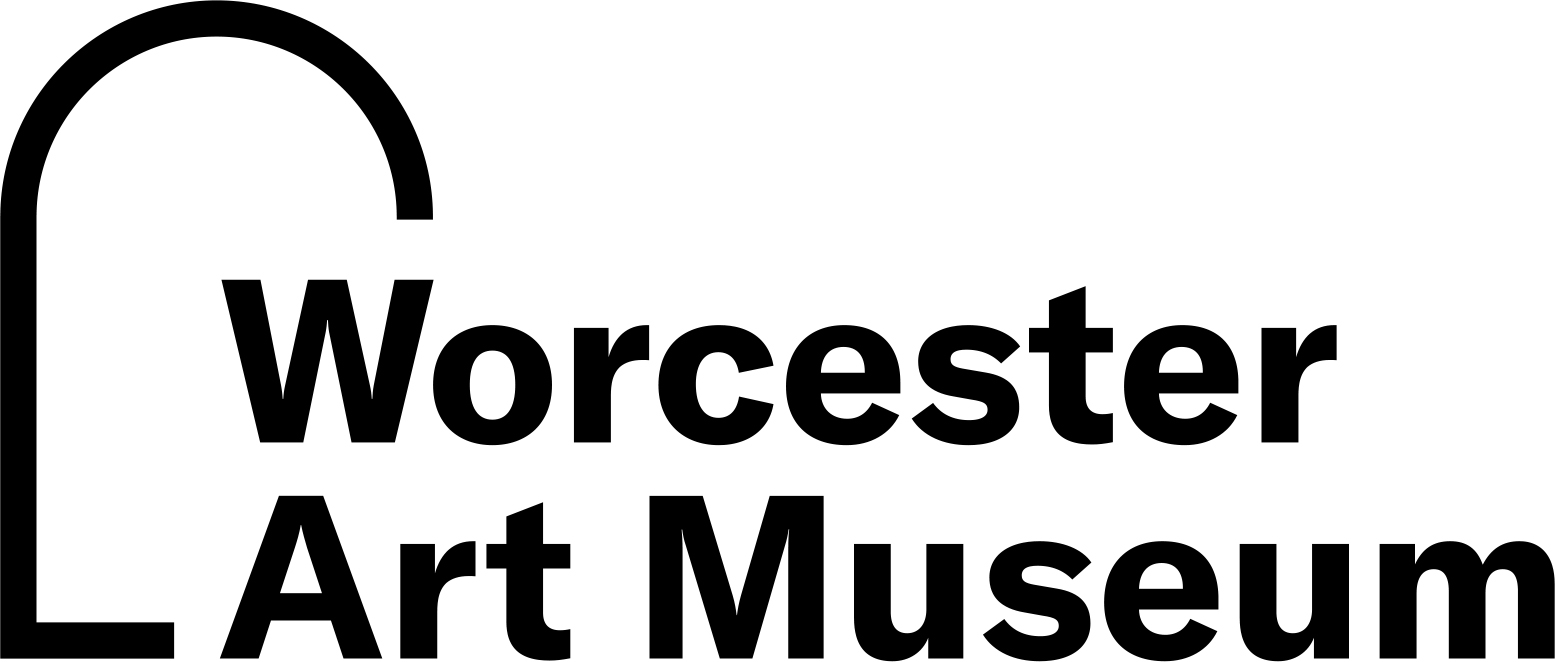Head of Buddha
Culture
Gandhara
Culture
Afghanistan
Date300s
Mediumstucco, originally pholychromed
Dimensions17.3 x 11.8 x 13.4 cm (6 13/16 x 4 5/8 x 5 1/4 in.)
ClassificationsSculpture
Credit LineBequest of Malcolm R. McBride
Object number1989.88
Label TextThe first true cult images of Buddhism and Hinduism date from the first century A.D. under the patronage of the Kushan rulers of central and northwest India. The iconography and formal language of the icons created during the following millennium influenced the sculptural traditions of all the areas of India and Indian Asia. Monks and pilgrims spread these artistic ideas through portable votive images and iconographic manuscripts. When the sculptures on view here were made, many different kingdoms and empires—with little relation to current national boundaries—existed in South and Southeast Asia. For example, regions identified today as India, Pakistan, Afghanistan and Indonesia were a mosaic of many different ethnic and tribal; peoples. All of these people came under the influence of the Bhahmanic (or Sanskrit) tradition of north India through conquest and trade. They adopted Hinduism and Buddhism as their principle religionsOn View
Not on view












